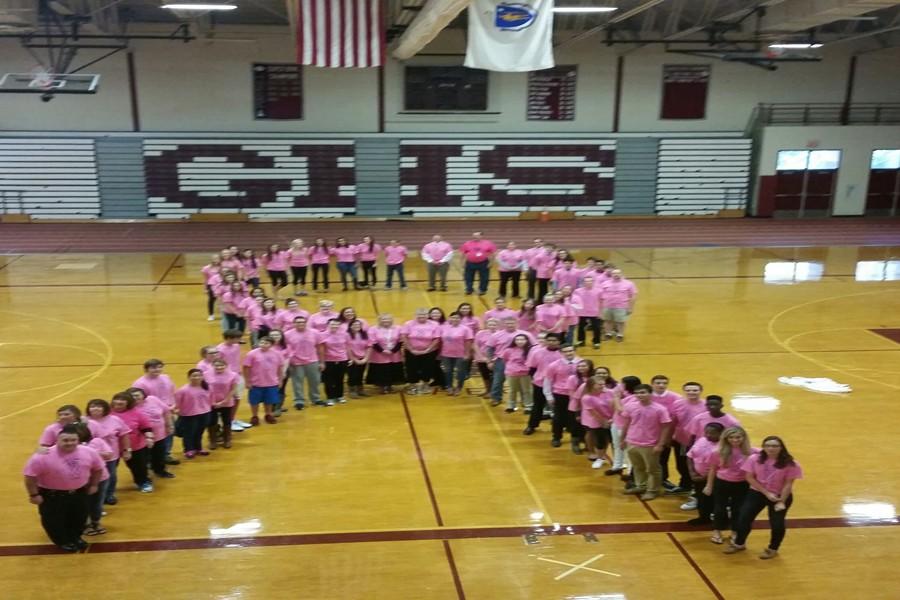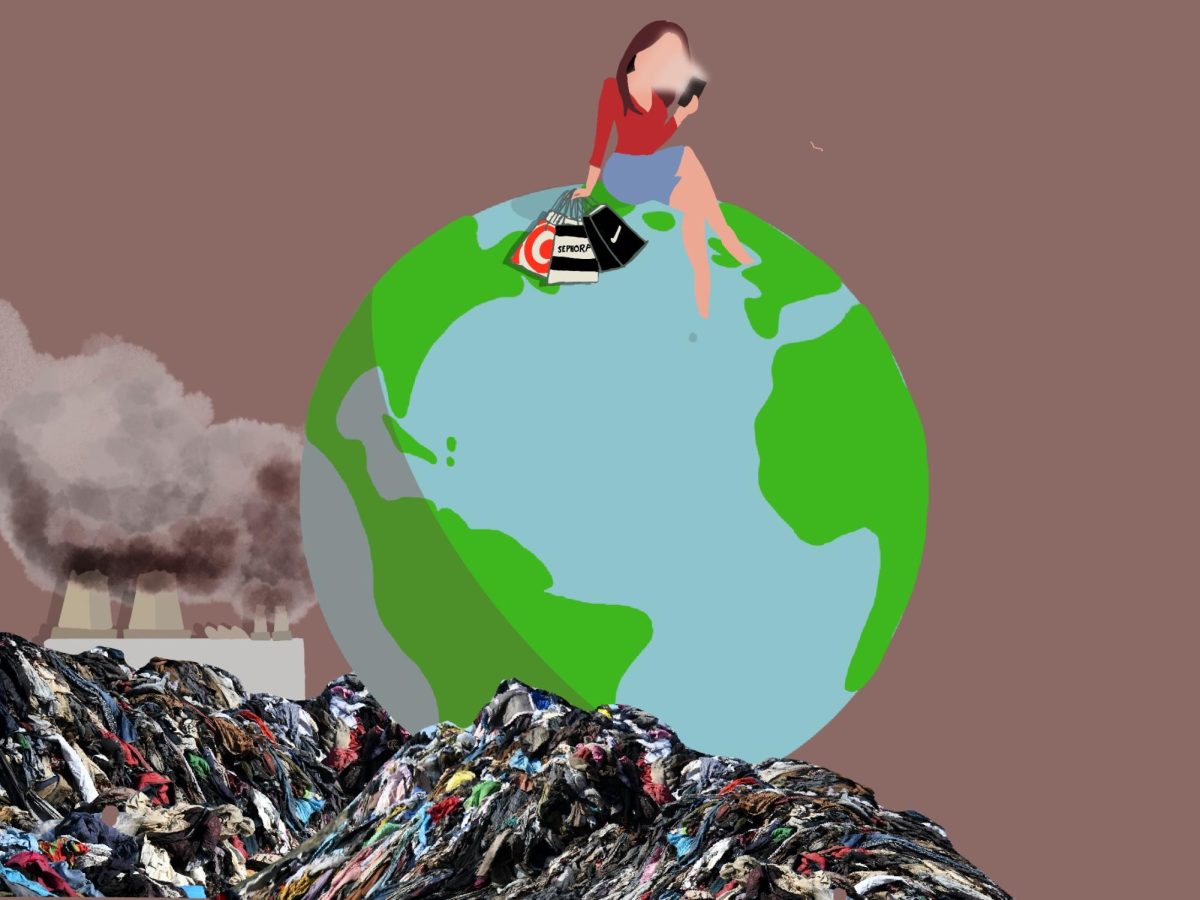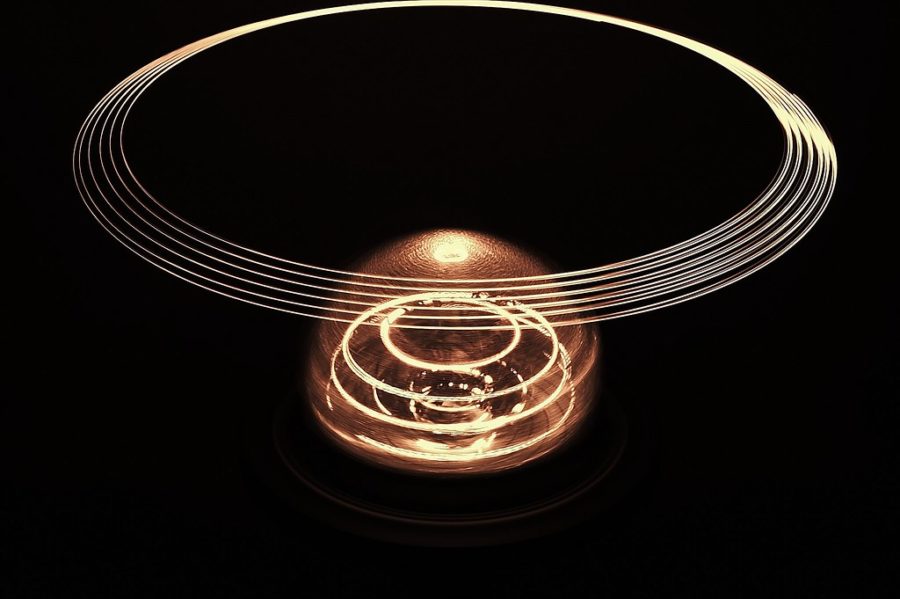Massive breakthrough in nuclear fusion shows future of energy
December 16, 2022
Last Tuesday, the US Department of Energy officially announced a breakthrough in science, one that could change the way we look at energy forever—the first successful fusion energy test that gave out more energy than was put in.
Scientists at the National Ignition Facility in California’s Lawrence Livermore National Laboratory successfully carried out the reaction inside an enormous reactor. Fusion reactions occur when two smaller atoms are merged together into one larger atom, creating a massive amount of heat in a way that replicates the sun.
Governments and companies have been searching for alternatives to fossil fuels for nearly a century. Wind power, hydroelectricity, and other forms of renewable energy have been used over the years. Fission energy, the opposite process of fusion in which atoms are split into smaller atoms, has been used in nuclear reactors for decades.
The difference? Fusion produces much more energy—and doesn’t create any waste.
“Unlike coal, you only need a small amount of hydrogen, and it is the most abundant thing found in the universe,” said Julio Friedmann, lead scientist at Carbon Direct and former lead energy technologist at Lawrence Livermore. “Hydrogen is found in water so the stuff that generates this energy is wildly unlimited and it is clean.”
This week’s announcement is a milestone because this revolutionary energy source has only ever broken even—which is to say, the amount of energy used to start the reaction equaled the amount released. But with this test, a controlled fusion reaction has finally produced a net gain in energy, opening the door for fusion reactions to become a viable energy source.
The success of the experiment was announced at a press conference on Tuesday. Dr. Marvin Adams, NNSA Deputy Administrator for Defense Programs, detailed the inner workings of the $3.5 billion laser complex, which shot 192 lasers at a tiny capsule. The capsule held two hydrogen isotopes, which were vaporized immediately.
“And it produced more energy than the lasers had deposited,” he said. “About two megajoules in, about two megajoules out. A gain of 1.5.”
The significance of this event is staggering for the future of humanity. With fusion energy, technology would be able to develop faster, cheaper, and cleaner, and would be able to seriously cut worldwide carbon emissions. And this breakthrough could spread to other fusion projects: there are numerous other companies and facilities attempting fusion reactions in the US, and France is home to the International Thermonuclear Experimental Reactor, a collaborative effort between 35 countries (the countries in question being the U.S., China, the European Union, Russia, South Korea, Japan, and India, all of the world’s top carbon emitters).
This isn’t the end of the work toward fusion energy, however. While this reaction is a sign that we are getting closer to a clean energy future, scientists now need to figure out how to do this on a larger scale to produce enough energy to be financially viable, while also decreasing the overall cost. There’s also the logistical challenge of converting the energy to power grids to be used—all of these challenges set against a backdrop of the ticking clock of climate change. But in decades or even years, we could be looking at virtually unlimited clean energy.
But no matter how soon it becomes widespread, one thing is for certain: this fusion energy breakthrough has injected hope into the bleakest climate future the world has ever faced.
`“I’m very excited that we have this breakthrough, yet I know we have to be very patient for the time when it will be part of our daily lives,” GHS Chemistry teacher Carol Cafasso said. “In the meantime, it is going to be most interesting to watch and learn about the developments.”











![The GHS/MERHS senior cross country runners pose together on Senior Night. [Photo courtesy of Manchester-Essex Athletics]](https://thegillnetter.com/wp-content/uploads/2025/10/Screenshot-2025-10-10-at-11.18.29-AM.png)



















